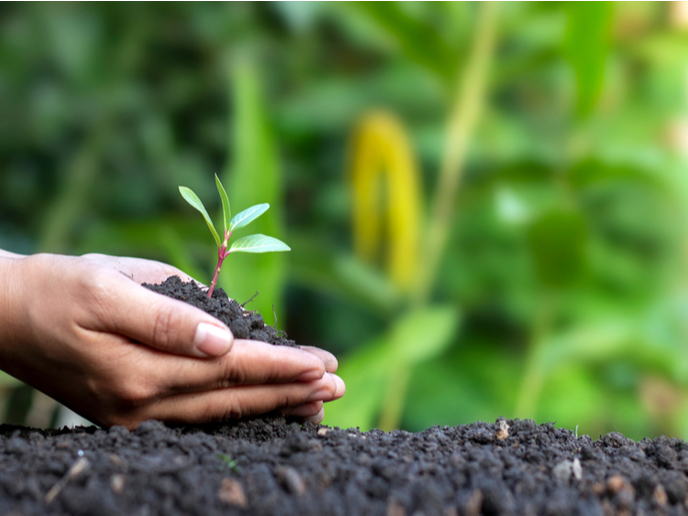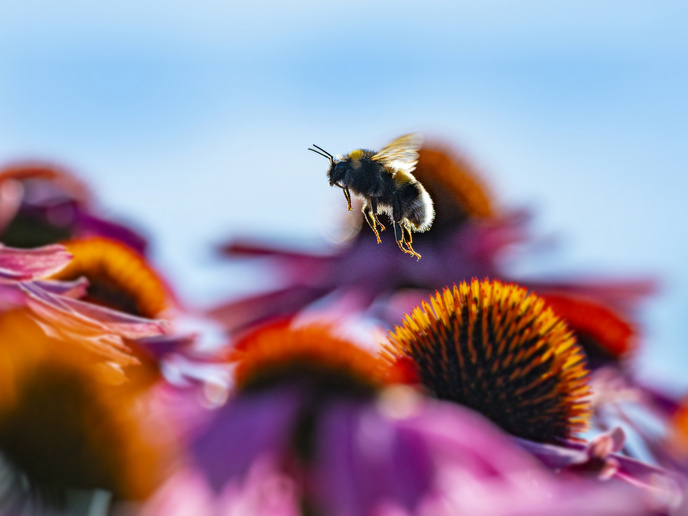Bioinspired crop protection measures leveraging ecostacking
Food and agriculture systems are facing unprecedented challenges to meet the world’s food needs now and in the future. Among the many reasons are increasing food demand by a growing population, climate change adverse effects, overexploitation of natural resources and loss of biodiversity. Sustainable farming practices increase food security while ensuring environmental, social and economic protection and stability. The EU-funded EcoStack project was designed to enhance the sustainability of crop production systems in Europe, reconciling agricultural productivity with sustainable environmental protection. This was carried out by ‘ecostacking’ – stacking ecosystem services in a way that synergistically augments their contributions to agricultural profitability and sustainable environmental protection. The project targeted the optimisation of functional biodiversity management and use of bioinspired tools and strategies for crop protection as part of comprehensive integrated pest management.
Enhancing the contributions of ecosystem service providers
“Although usually managed artificially, agroecosystems rely on ecosystem services provided by functional biodiversity,” explains Francesco Pennacchio, project coordinator at the University of Naples Federico II. The most relevant ecosystem services for farmers are natural biocontrol of plant pests and disease agents, pollination, and maintenance of soil fertility. These are provided by ecosystem service providers including natural antagonists of pests and diseases, insect pollinators, soil microbiota, soil fauna and plant microbiota.
Co-design of empirical interventions and new models
“The study of the molecular mechanisms underlying trophic interactions between organisms revealed unexpected roles of the microbiomes of interacting organisms in resource allocation,” Pennacchio notes. EcoStack has leveraged this insight in its newly developed plant protection strategies. These are based on pest suppression mechanisms used by plants’ natural antagonists or on the induction of plant defence barriers – which can be highly specific – with minimal or no impact on non-target species. “In other words, we learned new methods of pest control from nature,” Pennacchio explains. In addition, EcoStack developed a new modelling approach to define the most effective and sustainable ecostacking of complementary intervention measures. This approach, supported by detailed landscape modelling to provide context specificity, optimally addresses the needs dictated by different scenarios. EcoStack’s off-crop (around the cultivated area) and in-crop (within the cultivated area) intervention strategies and tools are readily accessible to diverse groups of end users through the Knowledge Bank. “The Knowledge Bank compiles farmer and other stakeholder knowledge and integrates it with scientific learning achieved by the EcoStack project, providing information and manuals to professionals and practitioners,” Pennacchio notes. Informative videos are available on the website’s Resource Hub.
Understanding the complexity of multitrophic interactions
“EcoStack’s outcomes highlight the importance of understanding the mechanisms underlying complex trophic interactions for the controlled management of functional biodiversity for greater food security and safety,” says Pennacchio. Furthermore, the project provided rigorous scientific evidence supporting the importance of ecostacking complementary and synergistic measures given the complexity and diversity of the world and its challenges. Finally, EcoStack highlighted the strong need to overcome the current limits of purely empiric research, which cannot cope with the complexity, by developing an in-depth understanding of the mechanisms underlying resource allocation in trophic networks as a basis to develop modelling approaches predicting agroecosystem response to perturbations. Scientific outcomes, tools and reports will foster dialogue, understanding, research and practical application leading to more sustainable farming practices.
Keywords
EcoStack, crop protection, ecostacking, ecosystem services, functional biodiversity, food security, ecosystem service providers, agroecosystems, biocontrol, multitrophic interactions, crop protection







